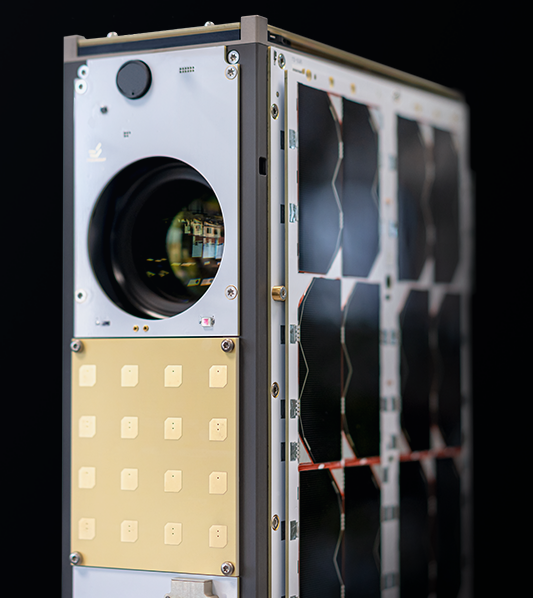Neuraspace and European Partners Collaborate for In-Orbit Space Traffic Management Demonstration

Neuraspace, Ienai Space and EnduroSat plan to launch a mission to test a collision avoidance system.
Three European startups are working together to demonstrate a collision avoidance system in orbit, bringing together a manufacturer, space mobility provider and situational awareness company.
Neuraspace, Ienai Space, and EnduroSat announced plans on Monday for the demonstration. The mission combines the capabilities of Portuguese situational awareness company Neuraspace, Spanish propulsion/mobility company Ienai Space, and Bulgarian manufacturer EnduroSat.
An EnduroSat-built satellite will be equipped with Ienai’s Athena thrusters, which will respond to real and simulated collision warnings and maneuvering suggestions from Neuraspace’s AI/ML space traffic management (STM) software. The mission is set to launch in 2023.
“You can’t address space traffic management specifically and sustainability at large by focusing on the end of the chain, meaning operators. Rather, you need to bring in space traffic management and sustainability at an early stage,” Chiara Manfletti, director and COO of Neuraspace told Via Satellite. “We are doing this by evolving our product to address STM already during mission conception and design, by working with subsystem providers such as Ienai, and by working with a system integrator and operator like EnduroSat.”
The mission is set to launch on an Isar Aerospace rocket. EnduroSat signed a launch contract with the German smallsat launcher in development in 2021 for capacity on rideshare missions between 2022 and 2025. Isar Aerospace has not yet done an orbital test of its rocket or started launch service.
Iena’s Athena thruster is an externally wetted electrospray thruster that uses ionic liquid propellant, as opposed to an ionized gas that is used in most electric propulsion systems such as Hall Effect thrusters.
Daniel Pérez, CEO of Ienai Space, told Via Satellite that electrosprays are highly power-efficient thrusters designed for low power and scalability. “The EnduroSat mission will also demonstrate a novel ‘high thrust’ mode specifically intended for collision avoidance maneuvers, to reduce the risk and uncertainty associated with potential conjunctions,” he said.
Pérez applauded the group collaboration as an example of sustainability for European industry.
“This partnership recognizes an industry need to deliver end-to-end space traffic management solutions to avoid further increase of space debris. It seeks to set an example by and for the industry, and particularly by the European space industry, to demonstrate that space traffic management can and should be a regular feature of commercial space,” Pérez said in the news release.
Ienai and Neuraspace also signed an MoU to collaborate on tackling the growing issue of space debris through joint traffic management products. They said the mission will serve as a precursor for an end-to-end space traffic management (STM) solution to provide spacecraft operators with better space traffic data, collision detection algorithms and more efficient propulsion systems.
“Space traffic management as an end-to-end service should include a space traffic management design module, a real-time STM software solution fully integrated into a versatile goals-oriented operations software, as well as intelligent satellite subsystems that consider space traffic management as one of the goals they need to fulfill. This certification implies not just the right to orbit but also a benefit on insurance premiums,” Manfletti said. “This will bring huge benefits to satellite operators in terms of saving time and equipment, because operators can focus on the mission objectives while collision avoidance maneuvers and other impactful decisions are being handled by this service.”